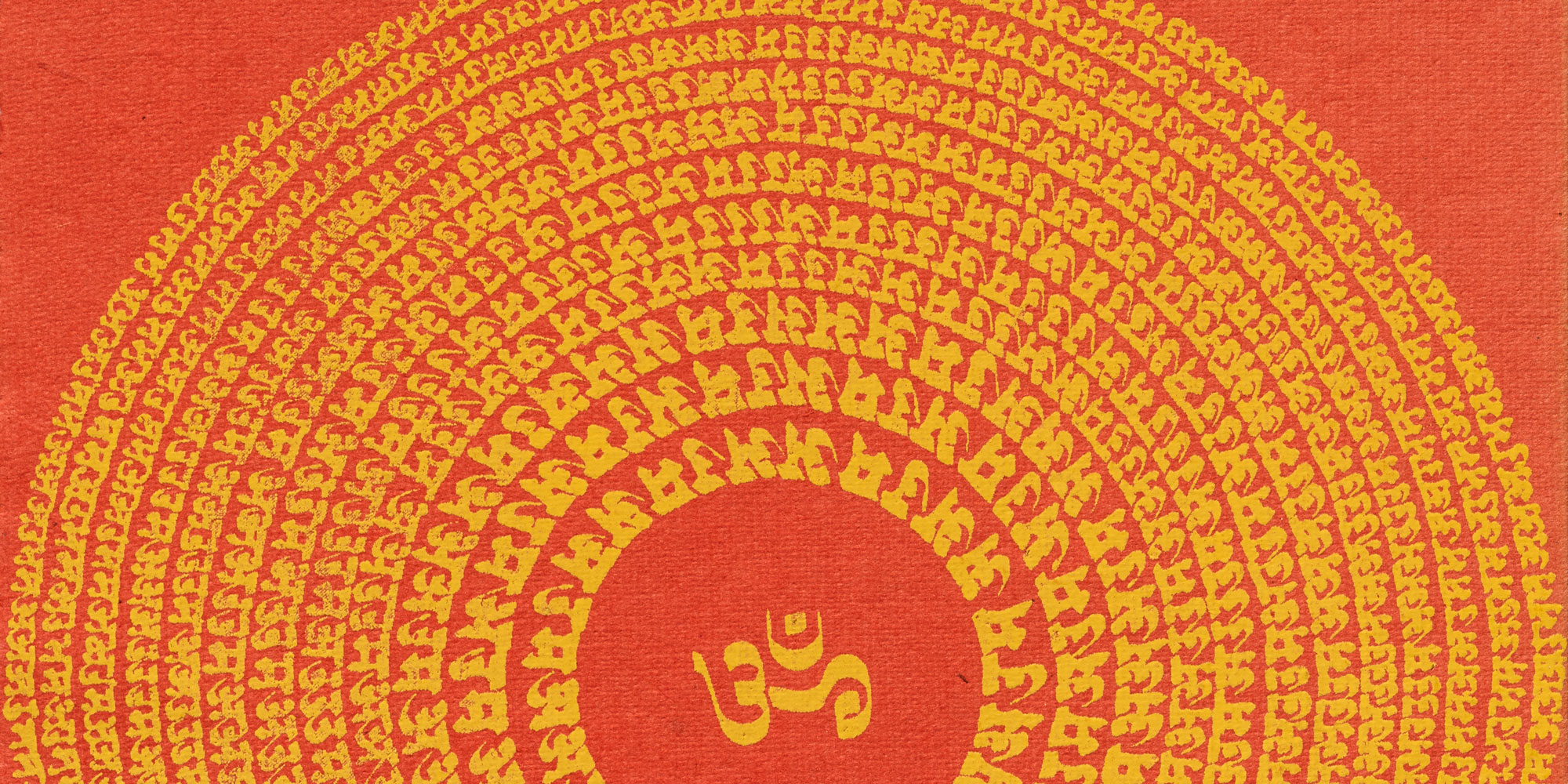News
New in the Online Archive: Global Scripts
Our latest update includes items featuring Cyrillic, Hebrew, Indic, Japanese, Pegon, and Persian scripts.

Among the 25 objects just added to the Online Archive are works representing various writing systems beyond Latin. The items are highlights from two events this spring: a master’s seminar in type history that we taught for California College of Arts, and a lecture, “A Brief Typographic Trip Around the World”, hosted by the Center for Book Arts in New York. In a time when a pandemic has hampered most of our summer travel, let our lifelike images take you on a virtual vacation to 18th-century Indonesia, 1920s Tokyo, or India through the ages.

Serat Anbia translates to “Life/Biography of Prophets”. This early 19th-century Javanese manuscript, is written in Pegon, a variation of Arabic script. In addition to lavish ornamentation, it includes an illustration (probably added later) of Buraq, a horse-like creature in Islamic tradition that transported prophets.

Yusuf and Zulaikha tells the Qur’an tale of Surat Yusuf (the Biblical Joseph) through the poet Jami (Nur al-Din ‘Abd al-Rahman ibn Ahmad Jami, 1414–1492). Considered one of the greatest mystical love stories in Islamic literature, Jami’s text is the most popular of the many Persian adaptations of this classic story. This manuscript, executed in Kashmir in the late 18th or early 19th century, is written in an excellent Nastaliq script with elaborate illuminations, gilt borders, many full-page miniatures, and some diagonal text orientation.

For the Voice, written by Vladimir Mayakovsky and designed by El Lissitzky in 1918, is a masterpiece of bookmaking, poetry, and type as illustration. Learn more about this landmark piece of constructivist typography in April Harper’s recent piece, Utopian Construction — Judaism and the Soviet Avant Garde.

The Complete Commercial Artist (現代商業美術全集) is a rare set of Japanese trade publications from 1928–30 that serves a visual feast of modern graphics and lettering, as well as a study of early 20th-century interactions between Japan and the West. In the Online Archive are selected spreads from 11 of the title’s 24 volumes. Read more about Hamada Masuji’s groundbreaking compilation in Florence Fu’s article and lecture.

This Passover Haggadah, designed and illustrated by Ben Shahn in 1965, is the artist’s own proof copy of the book, filled with Shahn’s notes and corrections, and his hand-painted maquette of the jacket.

The Art of Hebrew Lettering, by L. F. Toby in 1973, is a handsome little instructional book demonstrating a variety of Hebrew lettering styles along with historical tables illustrating the development of the script.

In 1980, Indian calligrapher Raghunath Krishna Joshi compiled an Indian Calligraphy Diary with a wide range of historical samples and Indic scripts. It includes a fascinating “multi-linguascriptic chart” of 16 scripts, including Deshanagari, his innovative proposal of a common script for all Indian languages.
Also New in the Online Archive
This update joins a batch of other international objects added earlier this summer, including:
- A 12th–13th-century Qur’an folia in Maghribi script on vellum.
- An Ethiopic manuscript, ca. 1700.
- Ver Sacrum Kalender 1903, featuring the groundbreaking lettering of Alfred Roller who inspired psychedelic poster artists, like Wes Wilson, 63 years later.
- A manuscript Bible leaf from ca. 1450 and our Gutenberg Bible leaf so you can see how Johannes made his type and layout to mimic what scribes were doing at the time.
- Islam Aly’s Marginalia VI, laser cut on handmade flax paper, and inspired by the style of commentaries found in 19th-century Arabic manuscripts that often contrast with the geometry of the page.
- Indice de Caratteri from the Vatican press, one of the earliest type specimens ever printed.
- A 1930s specimen of Chinese types and ornaments from San Francisco printer Bock Ngar Chy Co.
- Gujarati Type Foundry specimen book from around 1940 is one of two bound specimens in our collection from the Indian company. Many of these typefaces will be familiar to those who know German (Brüder Butter/Schriftguss A. G.), British (Stephenson & Blake), and US (ATF) foundries whose matrices appear to have been imported or copied. It’s fascinating to see how Gujarati advertised the Western type in their own way.
- A specimen of Sinhalese, English, and Tamil type from Sri Lankan foundry N. J. Cooray & Sons.
- Ephemeral specimens of Aktuell, Bifur, Femina, Prisma, and Univers typefaces.
Resources on Writing Systems
- A Brief Typographic Trip Around the World (with commentary from Arabic experts)
- The World’s Writing Systems
- decodeunicode — explore the world of Unicode
- “Will all our languages be Romanised?” — an extensive writing systems map from Le Monde diplomatique
- Atlas of Endangered Alphabets
- Kigelia — a typeface for Africa
- Arabic Typography — an excellent primer for learning about the Arabic script, how to write it, and how to design and use Arabic type
